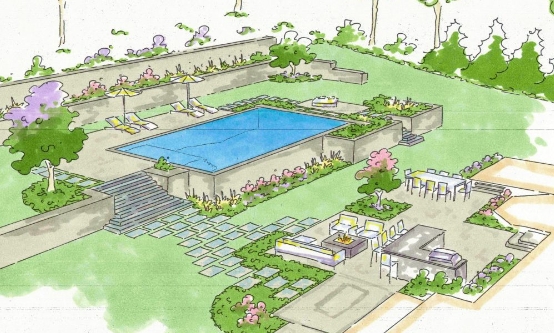Nature and design have long been intertwined, with landscape architecture serving as the perfect intersection of the two. From serene gardens to sprawling parks, landscape architects create outdoor spaces that harmoniously blend natural elements with man-made structures.
Creating Harmony in Outdoor Spaces
Landscape architecture is all about creating harmony between the built environment and nature. By carefully selecting plants, materials, and layout, designers are able to seamlessly integrate outdoor spaces with their surroundings. This balance enhances the overall beauty and functionality of a space, making it a joy to experience.
Blending Form and Function
In landscape architecture, form and function go hand in hand. Designers must consider both the aesthetics and practicality of their creations. Whether it’s a tranquil meditation garden or a bustling urban plaza, the layout and features must be carefully thought out to serve their intended purpose while also being visually appealing.
Utilizing Natural Elements
One of the key aspects of landscape architecture is the use of natural elements to enhance the beauty of a space. From water features to native plants, designers are constantly looking to incorporate the natural world into their designs. This not only adds visual interest but also promotes sustainability and environmental awareness.
Creating Emotional Connections
Well-designed outdoor spaces have the power to evoke a wide range of emotions in visitors. Whether it’s a sense of peace and tranquility in a serene garden or excitement and energy in a bustling public square, landscape architecture has the ability to create emotional connections that stay with people long after they leave the space.
Promoting Environmental Stewardship
Landscape architects are stewards of the environment, working to create sustainable and eco-friendly outdoor spaces. By using water-saving irrigation systems, native plants, and environmentally friendly materials, designers can help reduce the impact of development on the natural world. This commitment to sustainability is a key tenet of modern landscape architecture.
In conclusion, landscape architecture offers a unique opportunity to explore the intersection of nature and design. By carefully blending natural elements with man-made structures, designers create outdoor spaces that are not only visually stunning but also functional and sustainable. Whether it’s a small garden or a large public park, the beauty of landscape architecture is undeniable.

